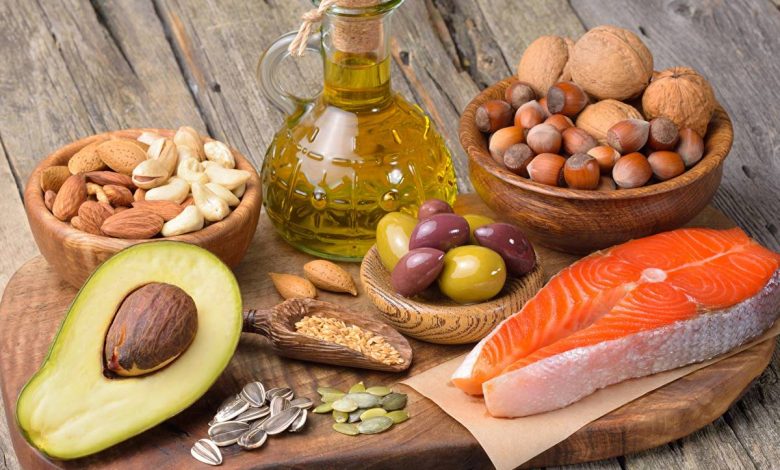The truth about fat and calories: how much fat a person needs and is it possible to refuse their consumption

Fat is fattening! This suggestion still leads many people to try to lose weight by cutting fat out of their diet..
The industry benefits from this, there are countless “light” products, that offer the consumer, claiming, that he can eat them without hesitation, because they are almost fat free and low in calories. Despite this continuous trend towards a low-fat diet, the proportion of people who are overweight continues to grow. So nutritionists are calling for a rethink: non-greasy should be avoided, but unbalanced food. You need to work out a diet for yourself with enough calories and fat in moderation..
Even if it sounds strange, but if you want to lose weight, you don't have to cut out fats completely, because they are necessary for the body to function properly, what is important for weight loss.
Fat Free Fat Soluble Vitamins A, D, E and K are not assimilated or insufficiently assimilated, and dishes do not have an important flavoring flavor. Body fat also acts as a protective cushion and shock absorber for internal organs and helps retain heat.. Skins, brain and nerve cells require fat to build their cell walls, as well as for the production of enzymes and hormones.
Fat fat strife, And it’s not for nothing that experts talk about “good” and “bad” fats.. The decisive factor is the composition of fats.
“Good” fats: benefit, what products contain
“Good” fats do not contain fewer calories, but they are mostly healthy unsaturated fatty acids (omega-3 and omega-6). They are also called necessary (vital), because they cannot be produced in the human body, but they should be consumed in sufficient quantities every day. Unsaturated fatty acids are mainly found in vegetable oils., seeds, nuts and fruits, such as avocados and olives.
High fat fish, such as tuna and salmon, mackerel and herring, have a high calorie content, but also particularly rich in omega-3 fatty acids and reduce the risk of metabolic diseases, reducing high blood pressure and cholesterol levels. fish oil can protect against diabetes 2 type and ischemic heart disease.
“Bad” fats: what products contain
Meat, sausages, dairy products and some vegetable fats, such as coconut oil and cocoa butter, opposite, contain a lot of calories, “bad” animal fats from saturated and monounsaturated fatty acids. They should be consumed rarely and in small quantities.. Excessive intake worsens blood lipids, thus contributing plaque buildup on the walls of arteries and can lead to cardiovascular disease.
Although the basis for margarine is vegetable oil, due to the manufacturing process, it contains a high percentage of saturated fats, that does not increase its health benefits.
Particular attention should be paid to trans fatty acids., which are formed during the curing of fat. The body cannot use them and deposits them in tissues and vessel walls.. Trans fats stimulate appetite, contribute to weight gain and an increase in bad LDL cholesterol at the expense of healthy HDL cholesterol and thus can trigger diabetes, stroke, heart disease and even cancer.
They are the main ingredient in many foods., such as baking, snacks, fast food, fried food, confectionery and ready meals. The proportion of hydrogenated fats in daily calories should not exceed 1% of total.
Don't Give Up on Fat
Fat is not only the main component of the diet, but also an important flavor and the best source of energy. To live healthy, full life, it makes sense to learn to consciously consume fats, without giving them up. People, who closely monitor their calorie intake, because they want to lose weight, should pay attention to reducing the amount of sugar and starch in their diet, instead of reducing fat intake.
